Home>Furniture & Design>Office Furniture>How To Fix Office Chair Tilt
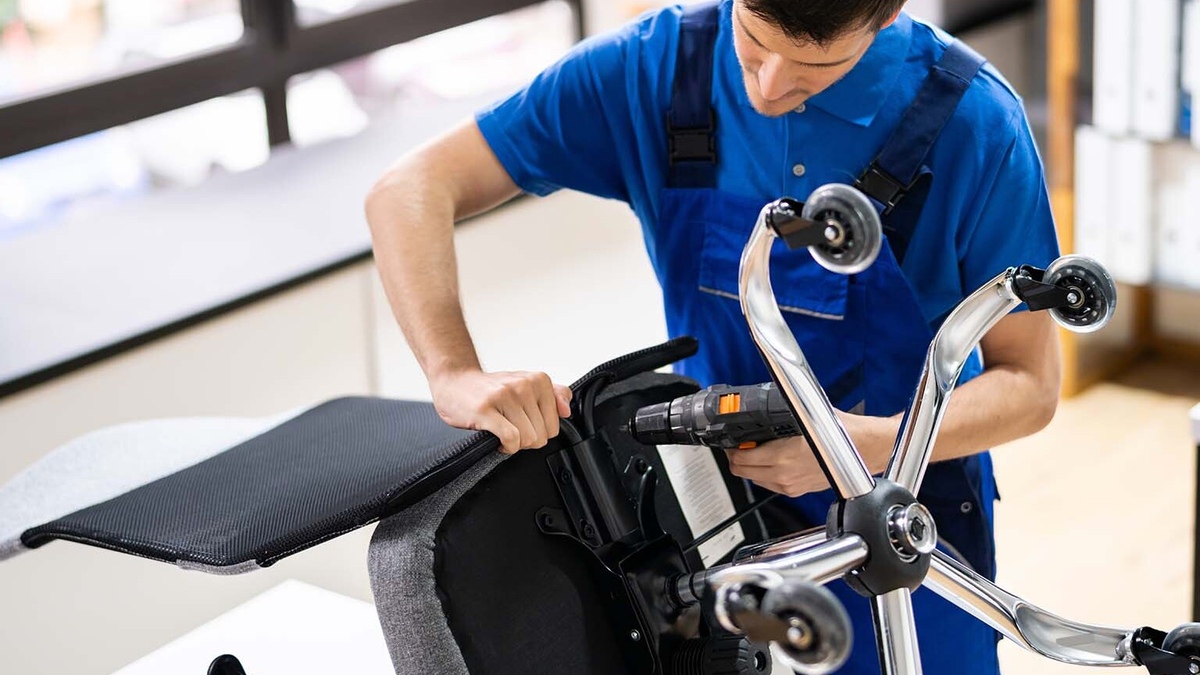

Office Furniture
How To Fix Office Chair Tilt
Modified: January 14, 2024
Learn how to fix the tilt in your office chair with our comprehensive guide. Get your office furniture back in top shape today!
(Many of the links in this article redirect to a specific reviewed product. Your purchase of these products through affiliate links helps to generate commission for Storables.com, at no extra cost. Learn more)
Introduction
When it comes to office furniture, the humble office chair is a crucial element that significantly impacts productivity and comfort. A well-designed office chair not only supports the body during long work hours but also provides ergonomic adjustments to cater to individual preferences. Among these adjustments, the tilt mechanism plays a pivotal role in determining the chair's reclining and rocking capabilities. However, over time, the tilt mechanism may encounter issues, leading to an imbalance in the chair's tilt tension or even complete malfunction.
In this comprehensive guide, we will delve into the intricacies of fixing the office chair tilt mechanism. From understanding the tilt mechanism to identifying the necessary tools and step-by-step repair procedures, this article will equip you with the knowledge to address common tilt issues. Whether it's a simple adjustment or a more complex repair, this guide will empower you to restore your office chair's tilt functionality, ensuring a comfortable and ergonomic seating experience.
So, if you've been grappling with a reclining office chair that just won't cooperate, fear not! With a bit of know-how and a handful of tools, you can breathe new life into your trusty office companion. Let's roll up our sleeves and embark on a journey to reclaim the comfort and functionality of your office chair's tilt mechanism.
Key Takeaways:
- Adjusting the tilt tension of your office chair can improve comfort and support. Use simple tools like a wrench and screwdriver to customize the resistance for a more ergonomic seating experience.
- If adjusting the tilt tension doesn’t work, you may need to inspect and lubricate internal components or replace worn parts. Thorough testing ensures a smooth and reliable tilt mechanism for your chair.
Read more: How To Adjust An Office Chair Tilt
Understanding the Tilt Mechanism
Before delving into the repair process, it’s essential to grasp the fundamentals of the office chair’s tilt mechanism. The tilt mechanism is responsible for controlling the chair’s reclining and rocking functions, allowing users to adjust the chair’s backrest angle and overall tilt tension. It typically comprises a combination of components, including the tilt tension knob, tilt lock, and tilt mechanism housing.
The tilt tension knob, often located beneath the chair seat or on one side of the mechanism housing, regulates the amount of force required to recline the chair. By tightening or loosening the tilt tension knob, users can customize the resistance experienced when leaning back in the chair. This adjustment is particularly crucial for individuals seeking optimal support and comfort based on their body weight and personal preferences.
Additionally, some office chairs feature a tilt lock function, which enables users to secure the chair in a fixed reclined position. This mechanism is beneficial when users prefer to maintain a specific tilt angle without exerting continuous pressure on the backrest. The tilt lock is typically engaged by a lever or knob and disengaged by the same means, allowing for seamless transitions between locked and unlocked tilt states.
Within the tilt mechanism housing, a complex arrangement of gears, springs, and levers facilitates the smooth operation of the chair’s tilt function. Over time, these internal components may experience wear and tear, leading to issues such as uneven tilt tension, limited reclining range, or erratic rocking motion. Understanding the interplay of these components is essential for diagnosing and addressing tilt-related issues effectively.
By gaining insight into the intricacies of the tilt mechanism, you’ll be better equipped to identify and resolve common problems that hinder the chair’s tilt functionality. Armed with this knowledge, you’ll be ready to tackle the repair process with confidence, ensuring that your office chair provides the ergonomic support and comfort you deserve.
Tools and Materials Needed
Before embarking on the journey to fix your office chair’s tilt mechanism, it’s essential to gather the necessary tools and materials. Having the right equipment at your disposal will streamline the repair process and ensure that you can address the issue effectively. Here’s a list of tools and materials you’ll need:
- Adjustable Wrench: A versatile tool for tightening or loosening nuts and bolts, the adjustable wrench is essential for accessing and adjusting components within the tilt mechanism.
- Phillips Head Screwdriver: To remove screws securing the chair’s components, a Phillips head screwdriver is indispensable for disassembling and reassembling the tilt mechanism.
- Flat Head Screwdriver: Useful for prying and leveraging components, a flat head screwdriver aids in accessing hard-to-reach areas within the tilt mechanism.
- Needle-Nose Pliers: With their narrow and elongated jaws, needle-nose pliers are ideal for grasping small parts and adjusting intricate components within the tilt mechanism.
- Lubricant (Silicone-Based): A silicone-based lubricant is essential for maintaining the smooth operation of the tilt mechanism’s moving parts. It helps reduce friction and prevents squeaks or stiffness in the chair’s tilt function.
- Replacement Parts (If Necessary): Depending on the nature of the issue, you may require replacement components such as springs, gears, or tilt mechanism assemblies. Identifying the specific parts needed beforehand will ensure a seamless repair process.
By ensuring that you have these tools and materials at your disposal, you’ll be well-prepared to address a wide range of tilt-related issues in your office chair. Whether it’s adjusting the tilt tension, lubricating internal components, or replacing worn parts, having the right equipment is the first step toward restoring your chair’s tilt functionality.
Step 1: Identifying the Issue
Before diving into the repair process, it’s crucial to conduct a thorough assessment of your office chair’s tilt mechanism to pinpoint the underlying issue. By carefully observing the chair’s behavior and conducting a systematic examination, you can gain valuable insights into the nature of the problem. Here are essential steps to help you identify common tilt-related issues:
- Uneven Tilt Tension: Sit in the chair and lean back to assess the tilt tension. If you notice that the resistance is inconsistent or imbalanced, the tilt tension mechanism may require adjustment or maintenance.
- Limited Reclining Range: Test the chair’s ability to recline smoothly. If the range of motion is restricted or the chair feels rigid when reclining, internal components such as gears or springs may be compromised.
- Erratic Rocking Motion: Rock the chair back and forth to detect any irregular or unpredictable rocking behavior. This may indicate issues with the tilt mechanism’s internal components, necessitating a closer inspection.
- Unresponsive Tilt Lock: If your chair features a tilt lock function, engage and disengage the lock to determine whether it functions as intended. A malfunctioning tilt lock can impede the chair’s ability to maintain a fixed reclined position.
During this diagnostic phase, it’s essential to pay close attention to any unusual sounds, resistance, or limitations in the chair’s tilt functionality. By documenting your observations, you’ll be better equipped to proceed with the appropriate repair steps. Additionally, if you notice any visible wear or damage to external components such as the tilt tension knob or tilt lock lever, these observations can provide valuable clues about the underlying issue.
By methodically assessing the chair’s tilt behavior and taking note of any irregularities, you’ll lay the groundwork for a targeted and effective repair process. With a clear understanding of the specific issue affecting your office chair’s tilt mechanism, you’ll be ready to move on to the next steps, armed with the insights needed to restore optimal functionality.
To fix office chair tilt, first check the tilt tension knob underneath the seat. Turn it clockwise to increase tension or counterclockwise to decrease. If that doesn’t work, check for any loose or broken parts and replace as needed.
Step 2: Adjusting the Tilt Tension
Once you’ve identified the specific issue affecting your office chair’s tilt mechanism, it’s time to address the most common problem encountered by users: uneven or inadequate tilt tension. This step focuses on adjusting the tilt tension to achieve the desired level of resistance when reclining in the chair. Here’s a systematic guide to adjusting the tilt tension:
- Locate the Tilt Tension Knob: Depending on the chair model, the tilt tension knob is typically positioned beneath the seat or on one side of the tilt mechanism housing. Identify the knob’s location before proceeding with the adjustment.
- Testing the Current Tilt Tension: Sit in the chair and lean back, paying attention to the resistance experienced during the reclining motion. Assess whether the current tilt tension aligns with your comfort and support preferences.
- Adjusting the Tilt Tension: Using an adjustable wrench, turn the tilt tension knob clockwise to increase the resistance or counterclockwise to reduce it. Make gradual adjustments and test the chair’s tilt function after each turn to gauge the impact on the tension.
- Fine-Tuning for Optimal Comfort: Continue adjusting the tilt tension until you achieve an ideal balance of support and ease of reclining. The goal is to customize the tension to suit your body weight and comfort requirements, ensuring a personalized seating experience.
By following these steps, you can fine-tune the tilt tension to cater to your specific comfort needs, promoting a more ergonomic and enjoyable sitting experience. It’s important to approach the adjustment process methodically, making incremental changes to the tilt tension knob to achieve the desired level of resistance.
Once you’ve successfully adjusted the tilt tension, test the chair’s reclining function to ensure that the resistance aligns with your comfort preferences. If the tilt tension now provides the ideal balance of support and flexibility, you’ve effectively addressed one of the most prevalent issues encountered in office chair tilt mechanisms.
However, if you find that adjusting the tilt tension does not fully resolve the issue or if you encounter additional problems during the adjustment process, it may be necessary to proceed to the next step, focusing on more intricate repairs or component replacements within the tilt mechanism.
Read more: How To Fix An Office Chair
Step 3: Repairing or Replacing the Tilt Mechanism
If adjusting the tilt tension did not fully resolve the issues with your office chair’s tilt mechanism, it may be necessary to delve deeper into the repair process. This step focuses on addressing more complex problems within the tilt mechanism, including internal component wear, damage, or malfunction. Here’s a comprehensive guide to repairing or replacing the tilt mechanism:
- Disassembling the Tilt Mechanism: Using the appropriate tools, carefully disassemble the tilt mechanism to gain access to its internal components. This may involve removing the chair’s seat, backrest, and any covers or panels that conceal the tilt mechanism housing.
- Inspecting Internal Components: Once the tilt mechanism is exposed, visually inspect its internal components, including gears, springs, levers, and pivot points. Look for signs of wear, breakage, or misalignment that may be contributing to the tilt issues.
- Lubricating Moving Parts: Apply a silicone-based lubricant to the moving parts within the tilt mechanism to reduce friction and ensure smooth operation. Lubrication can help alleviate issues such as stiffness, squeaking, or resistance during the chair’s reclining and rocking motions.
- Replacing Worn Components: If you identify damaged or worn-out parts within the tilt mechanism, such as springs or gears, consider replacing them with suitable replacements. Ensure that the new components are compatible with your chair’s make and model.
- Reassembling the Tilt Mechanism: Once the necessary repairs or replacements have been made, carefully reassemble the tilt mechanism, ensuring that all components are securely in place and properly aligned.
By following these steps, you can address underlying issues within the tilt mechanism, restoring its functionality and ensuring a smoother and more reliable tilt operation. It’s essential to approach the repair process with patience and attention to detail, taking care to properly inspect, lubricate, and, if necessary, replace internal components to achieve optimal results.
After completing the repair or replacement process, test the chair’s tilt function to confirm that the issues have been effectively resolved. If the chair now reclines and rocks smoothly, and the tilt tension aligns with your comfort preferences, you’ve successfully rejuvenated the tilt mechanism, prolonging the lifespan of your office chair and enhancing its ergonomic performance.
However, if you encounter challenges during the repair process or if the issues persist despite your efforts, it may be beneficial to seek professional assistance or explore the option of obtaining specific replacement parts from the chair’s manufacturer or authorized suppliers.
Step 4: Testing the Chair
After completing the repair or adjustment process for your office chair’s tilt mechanism, it’s crucial to conduct thorough testing to ensure that the issues have been effectively addressed. Testing the chair’s tilt functionality allows you to verify the success of your repair efforts and confirm that the tilt mechanism operates smoothly and reliably. Here’s a systematic approach to testing the chair:
- Reassembling the Chair: Once the repair or adjustment process is complete, reassemble the chair by securing the seat, backrest, and any removed covers or panels. Ensure that all components are properly aligned and fastened according to the chair’s specifications.
- Testing Tilt Tension: Sit in the chair and assess the tilt tension by leaning back to gauge the resistance. Confirm that the adjusted tilt tension aligns with your comfort preferences, providing the ideal balance of support and flexibility.
- Reclining and Rocking Motion: Test the chair’s ability to recline smoothly and rock back and forth without encountering any restrictions or irregularities. Verify that the chair’s movements are fluid and predictable, reflecting the proper functioning of the tilt mechanism.
- Engaging Tilt Lock (If Applicable): If your chair features a tilt lock function, engage and disengage the lock to ensure that it securely maintains a fixed reclined position when desired. Confirm that the tilt lock operates reliably and effectively.
During the testing phase, pay close attention to the chair’s behavior, listening for any unusual sounds and observing the smoothness of its tilt and rocking motions. By meticulously evaluating the chair’s tilt functionality, you can confidently determine whether the repair or adjustment process has yielded the desired results.
If the chair now exhibits consistent and responsive tilt behavior, and the tilt tension, reclining range, and tilt lock function align with your comfort and ergonomic needs, you’ve successfully rejuvenated the tilt mechanism, ensuring a more enjoyable and supportive seating experience.
However, if you encounter any persisting issues or notice unexpected behavior during the testing phase, it may be necessary to revisit specific repair steps or seek professional assistance to address any remaining concerns. By conducting thorough testing, you can make informed decisions about the effectiveness of the repair process and take additional measures if required.
Conclusion
Embarking on the journey to fix your office chair’s tilt mechanism has empowered you to take control of the comfort and functionality of your essential workspace asset. By understanding the intricacies of the tilt mechanism, identifying common issues, and undertaking targeted repair or adjustment steps, you’ve revitalized your chair’s tilt functionality, ensuring a more ergonomic and enjoyable seating experience.
Throughout this comprehensive guide, you’ve gained valuable insights into the nuances of the tilt mechanism, learning how to diagnose, address, and test the chair’s tilt issues with confidence and precision. From adjusting the tilt tension to conducting more intricate repairs or component replacements, you’ve demonstrated a proactive approach to enhancing the performance and longevity of your office chair.
By meticulously inspecting, lubricating, and, if necessary, replacing internal components, you’ve not only resolved existing issues but also laid the foundation for continued comfort and support in your workspace. Your dedication to understanding and addressing tilt-related concerns reflects a commitment to optimizing your work environment and prioritizing your well-being during long hours of seated work.
As you revel in the rejuvenated tilt functionality of your office chair, remember the significance of regular maintenance and attentive care. By periodically inspecting and lubricating the tilt mechanism, you can sustain its optimal performance and mitigate potential issues before they escalate. Additionally, staying attuned to your chair’s behavior and promptly addressing any emerging concerns will contribute to a seamless and supportive seating experience.
Armed with the knowledge and skills acquired through this guide, you are well-equipped to navigate future challenges and ensure that your office chair remains a reliable and comfortable companion throughout your work endeavors. Your proactive approach to chair maintenance exemplifies a commitment to fostering a conducive and ergonomic workspace, where comfort and functionality harmoniously converge.
By taking charge of your office chair’s tilt mechanism, you’ve not only revitalized a pivotal piece of furniture but also cultivated a sense of empowerment and capability in optimizing your immediate work environment. As you bask in the improved tilt functionality of your office chair, may your workspace be a haven of comfort, productivity, and well-being.
Frequently Asked Questions about How To Fix Office Chair Tilt
Was this page helpful?
At Storables.com, we guarantee accurate and reliable information. Our content, validated by Expert Board Contributors, is crafted following stringent Editorial Policies. We're committed to providing you with well-researched, expert-backed insights for all your informational needs.
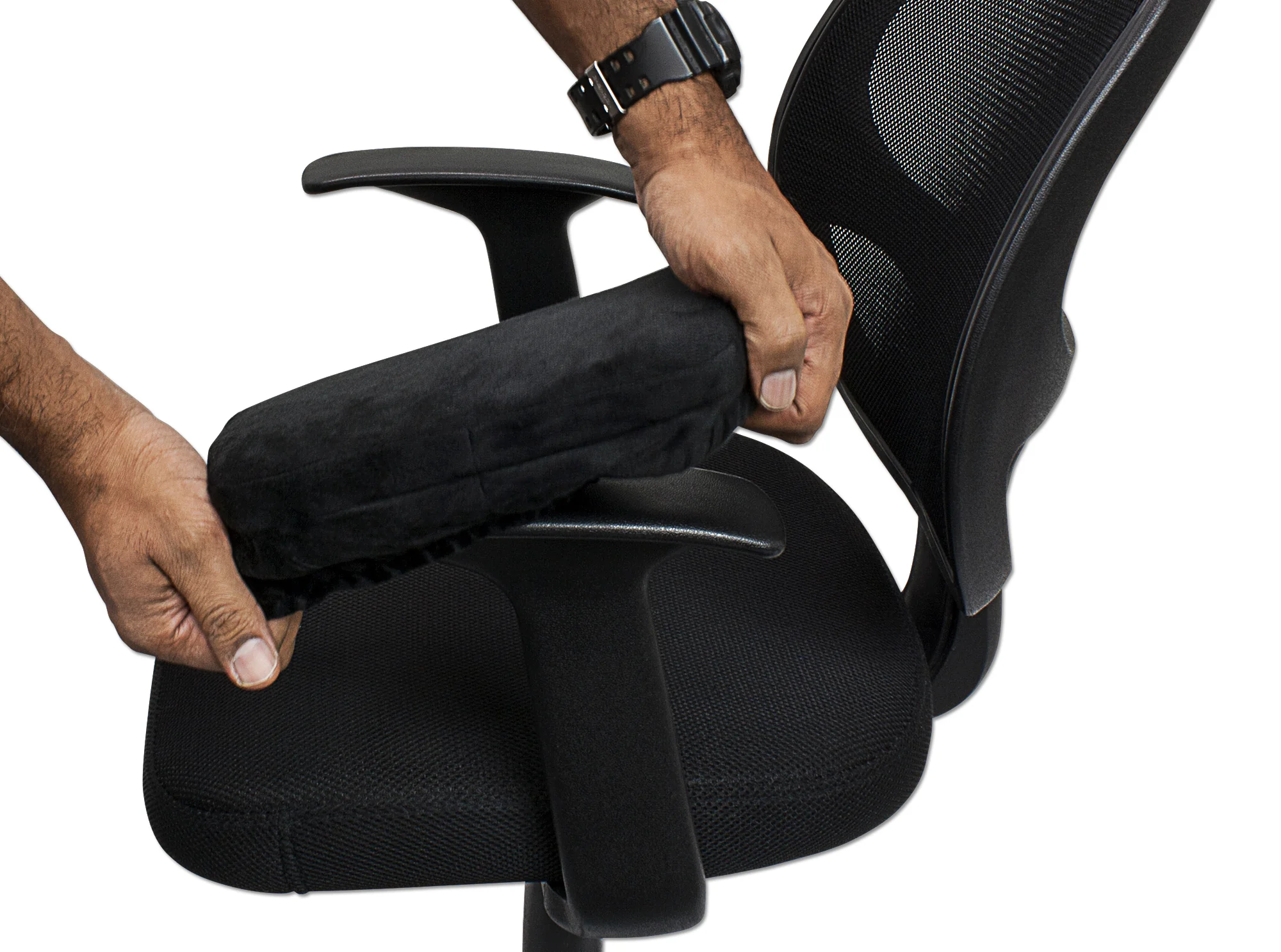
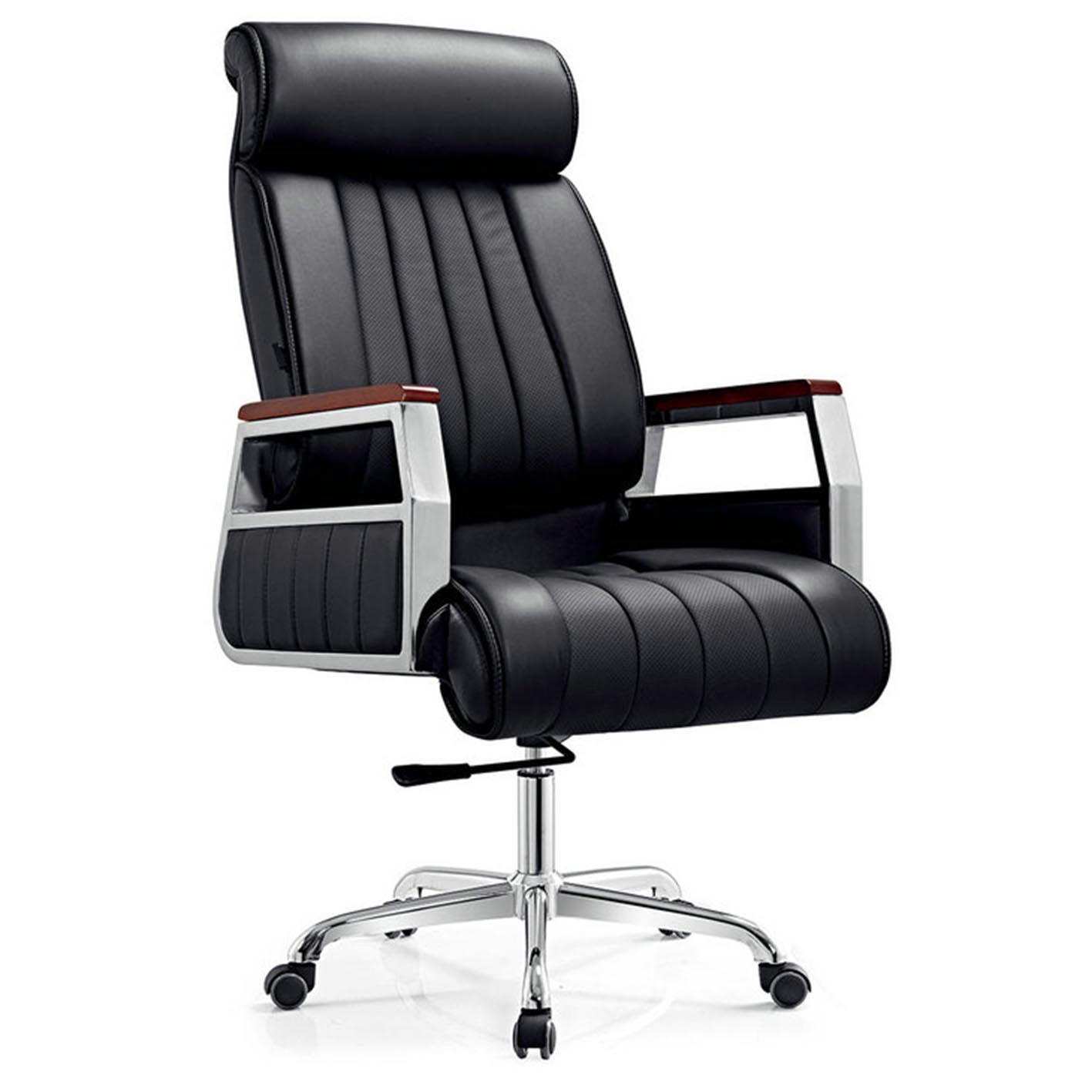

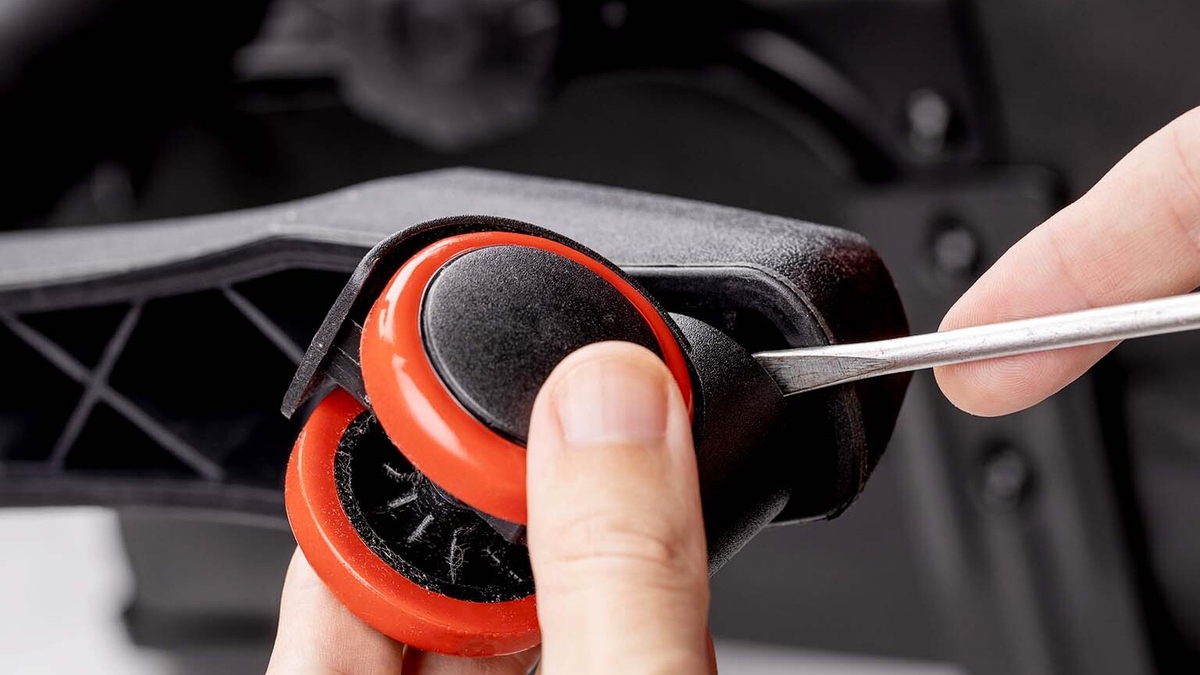
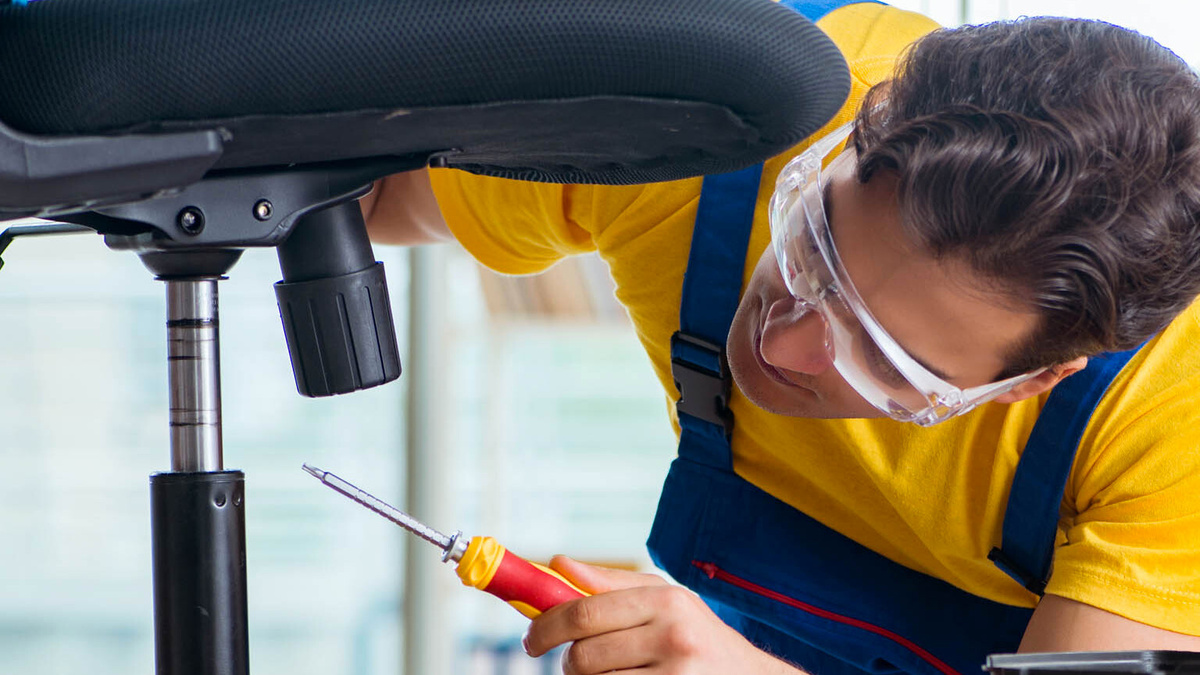
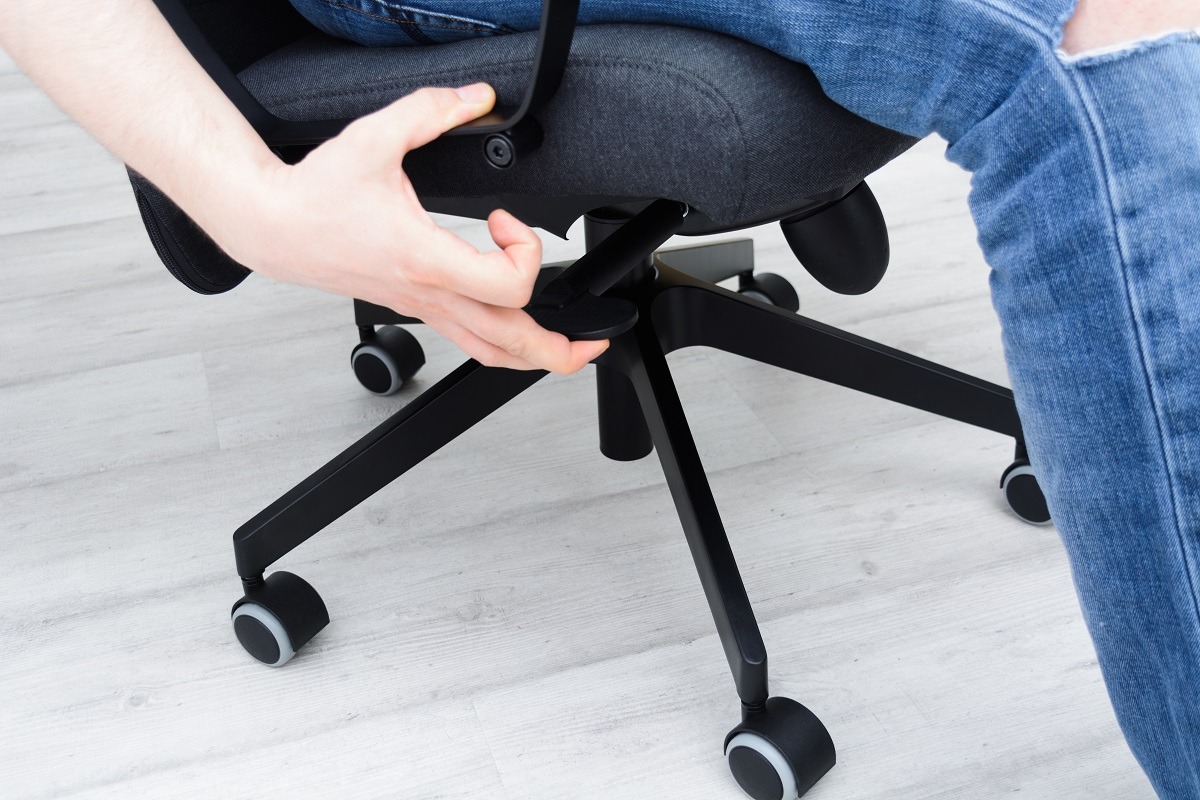
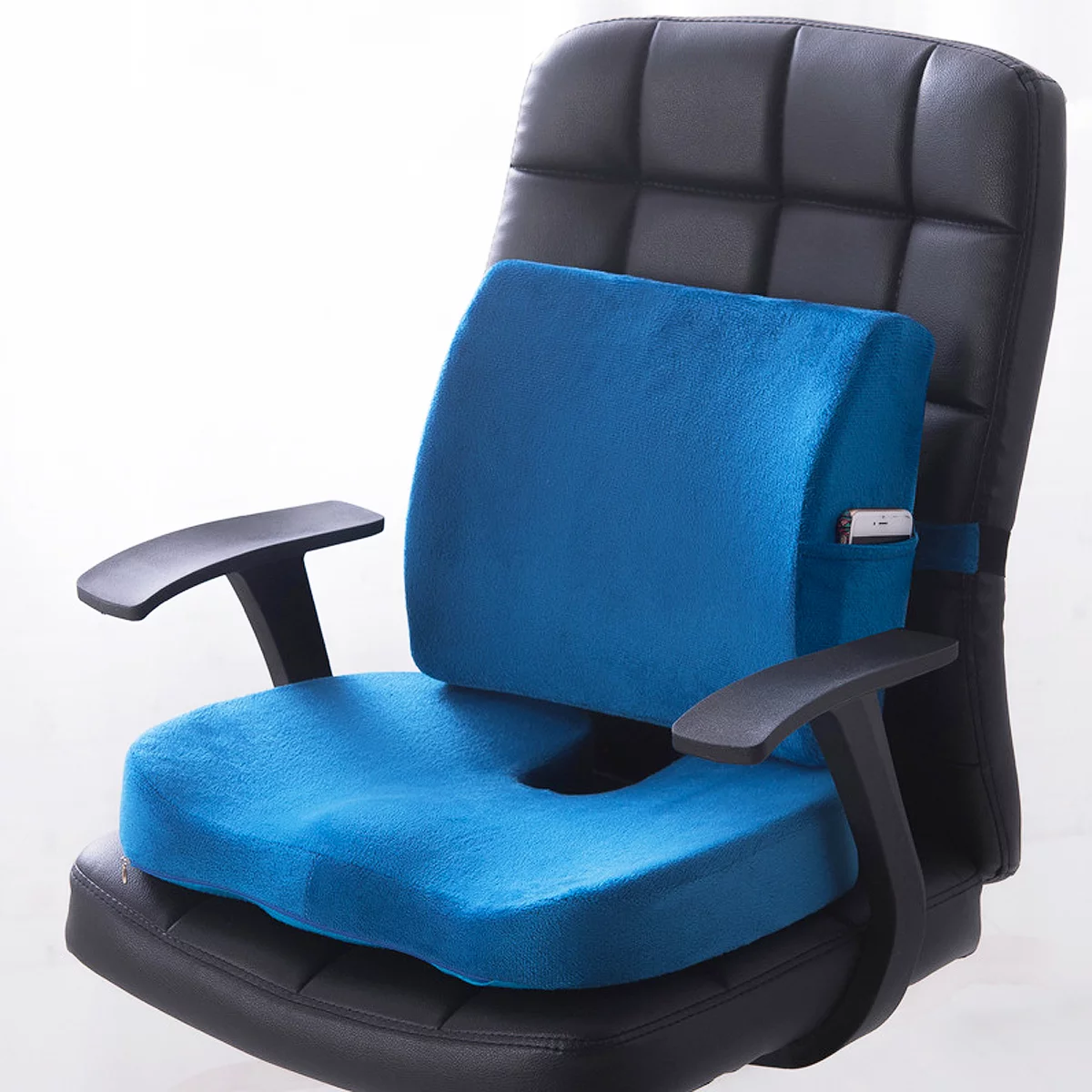
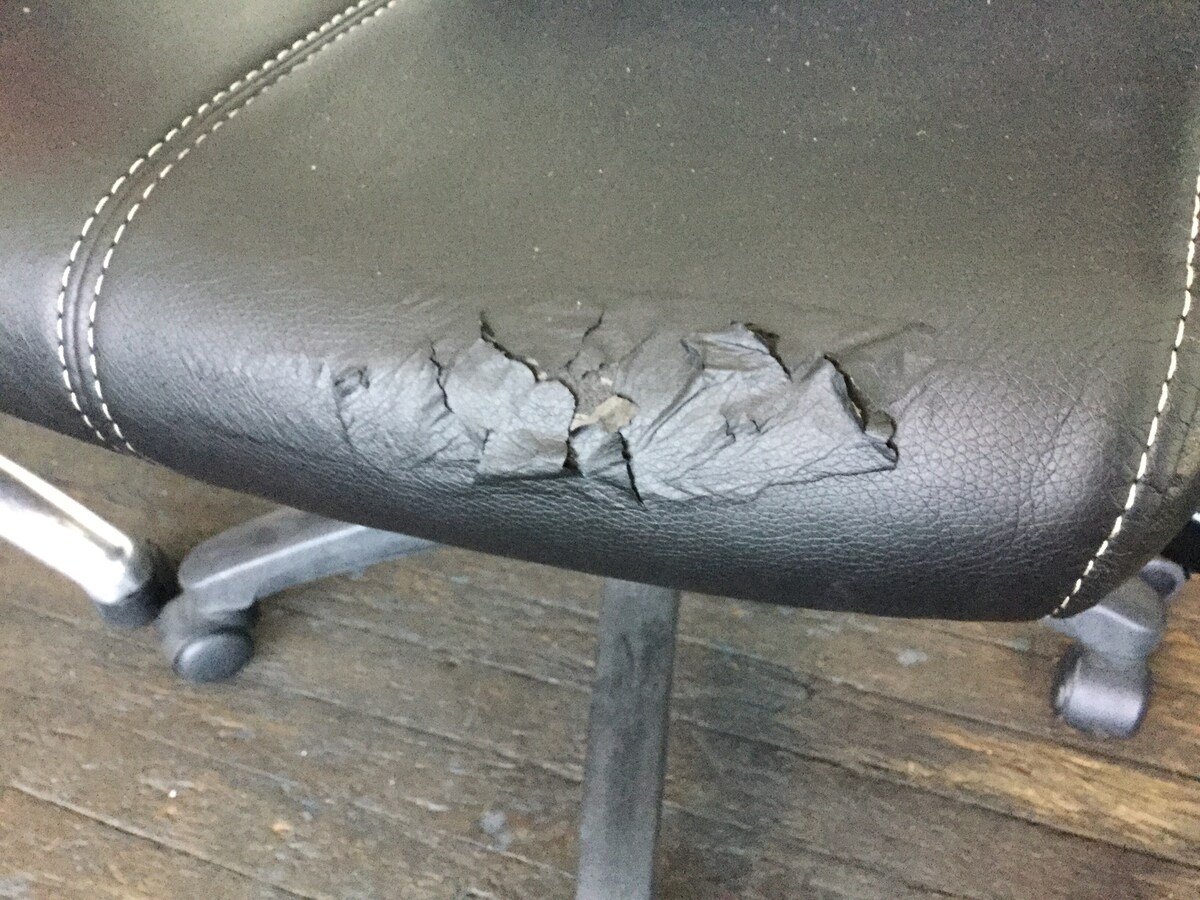
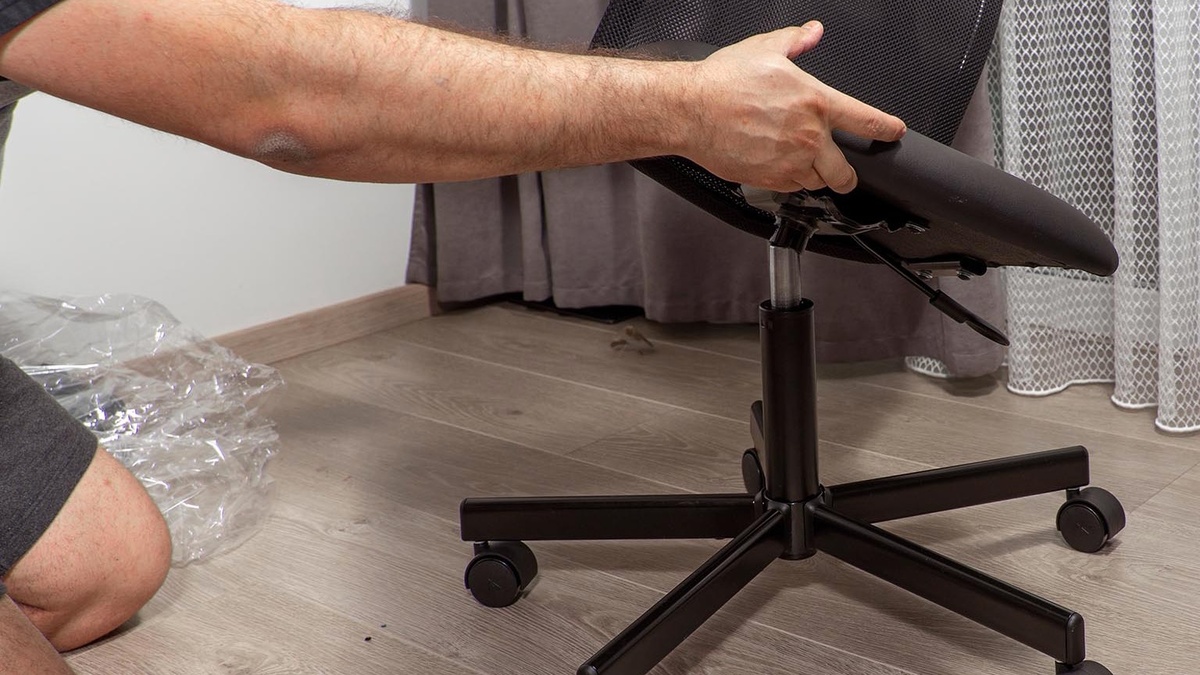
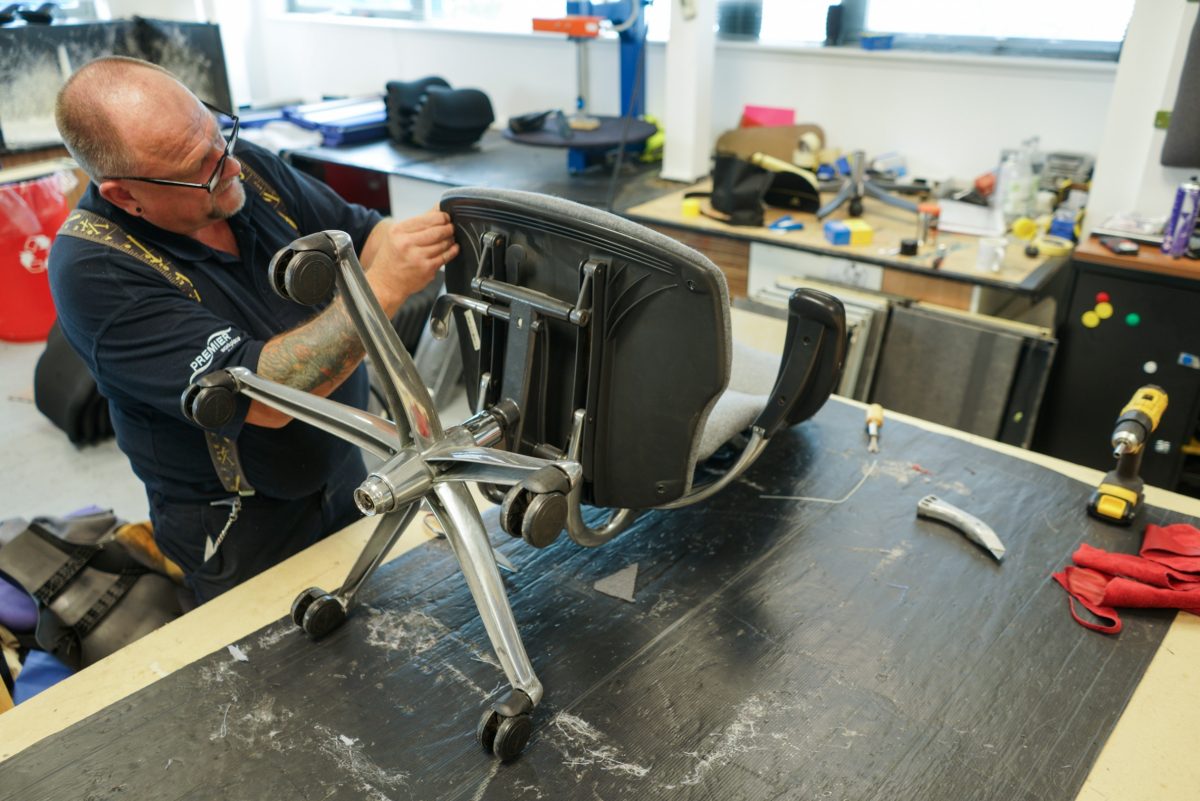
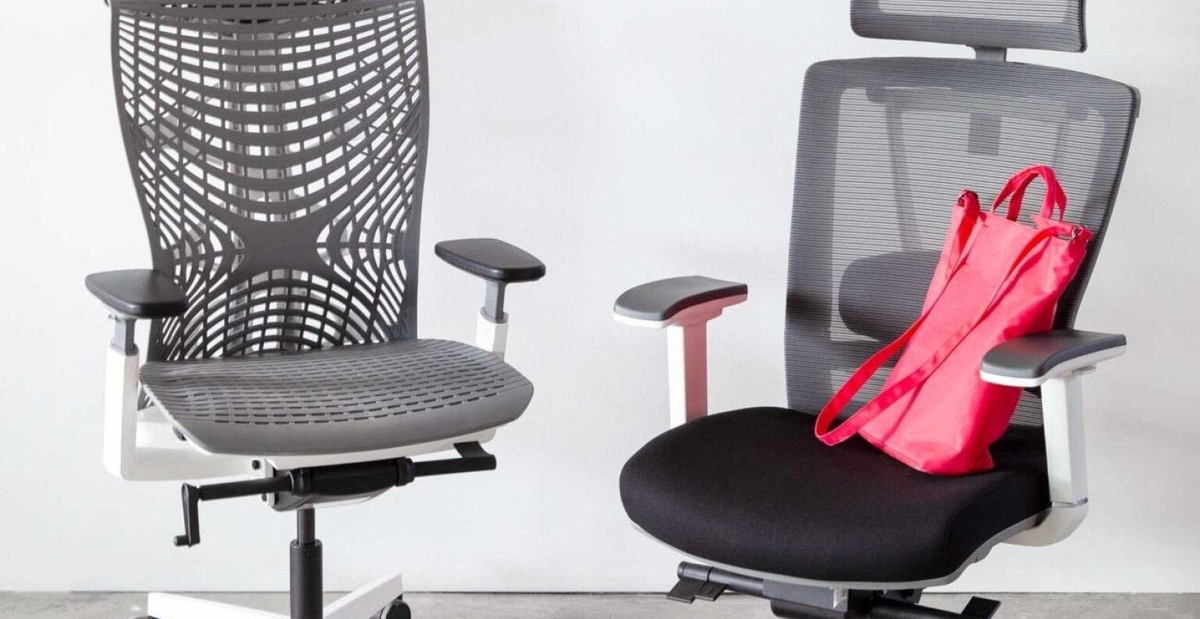
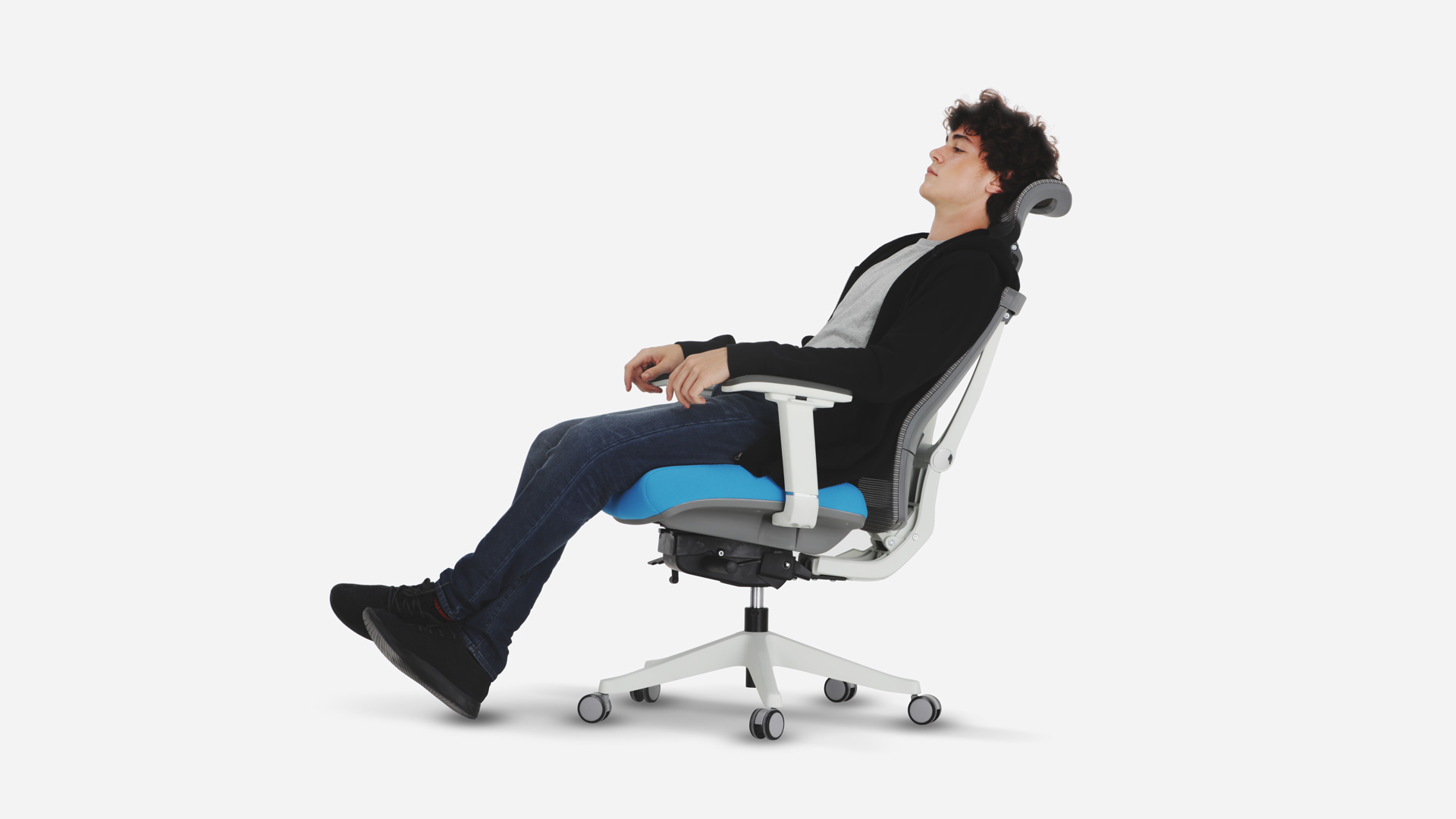
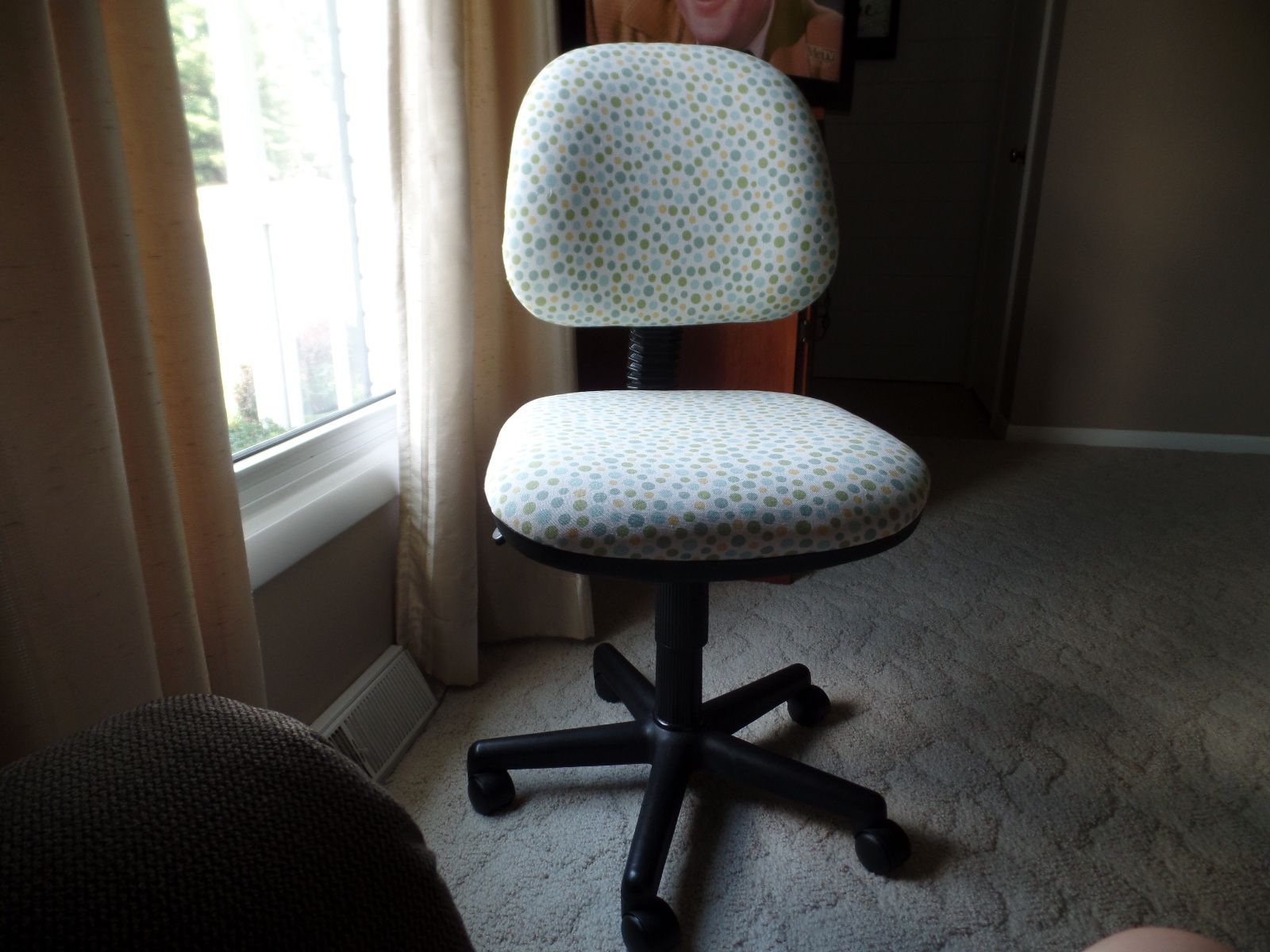
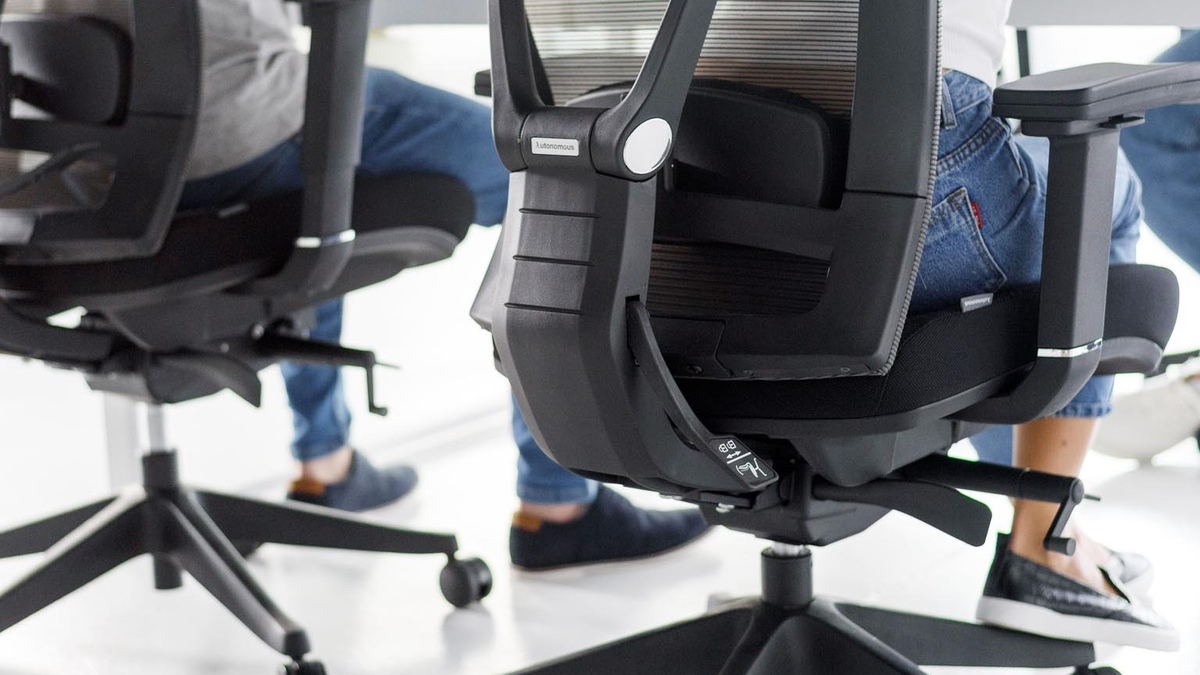

0 thoughts on “How To Fix Office Chair Tilt”